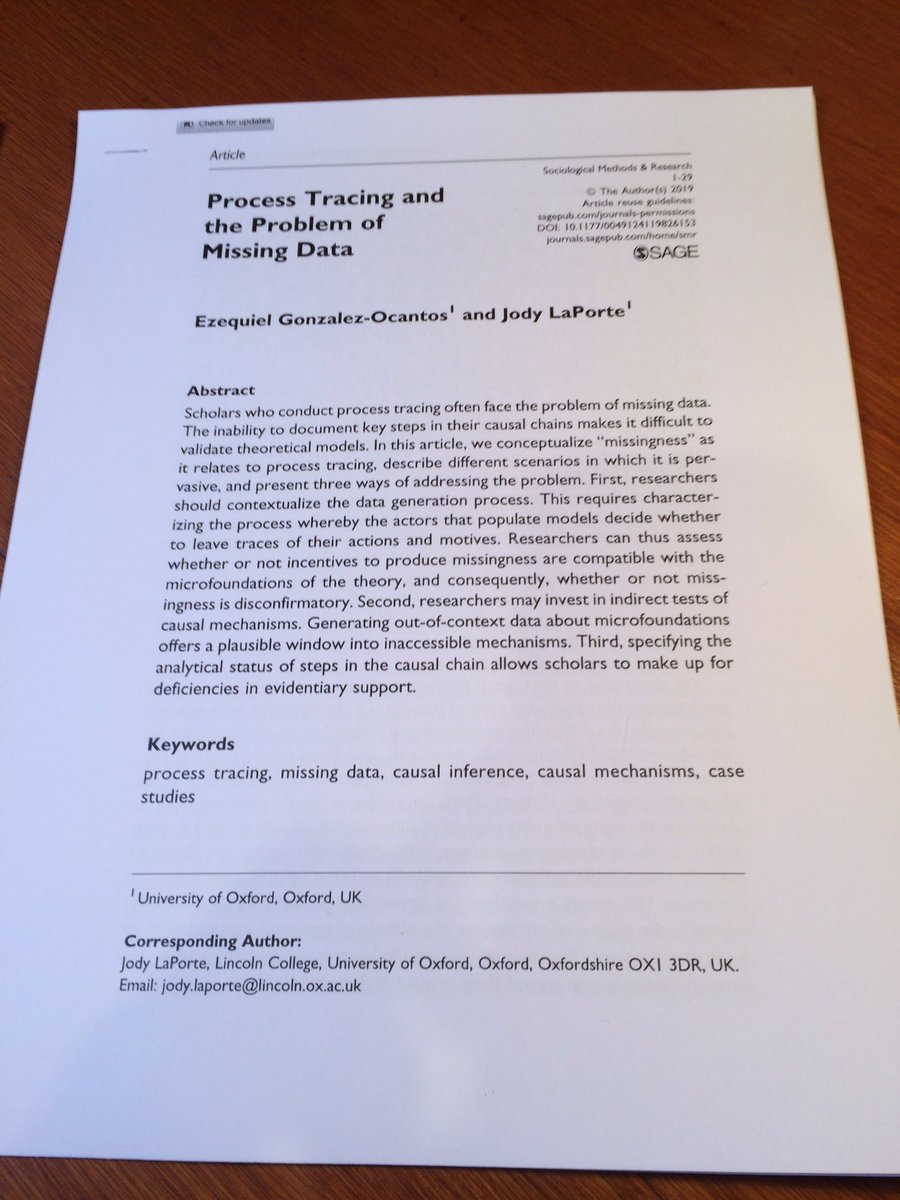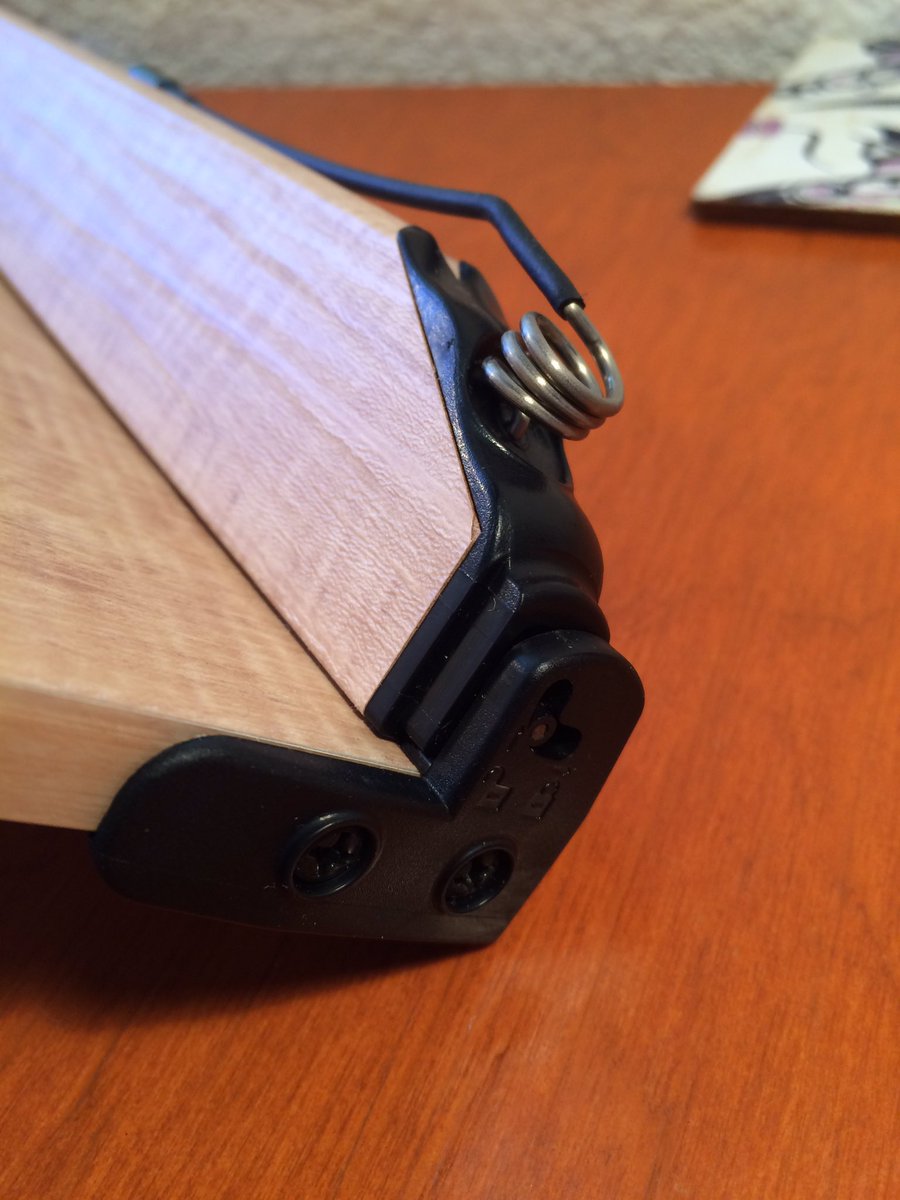
THREAD: I was asked for references on how to use ethnographic field notes in the actual writing of a paper, and how they should be reported.
Interestingly, most of the work I've read on field notes is on "how to craft them" and "how to analyze them", not "how to report them".
Interestingly, most of the work I've read on field notes is on "how to craft them" and "how to analyze them", not "how to report them".
On developing an ethnographic sensibility and learning how to write field notes, I’ve found books most useful.
What I want to make clear is that using excerpts from your interviews and ethnographic field notes is common in the actual writing of the ethnography.
What I want to make clear is that using excerpts from your interviews and ethnographic field notes is common in the actual writing of the ethnography.
If you are teaching ethnography, and you want to educate your students on how they can use their field notes when writing up their results/analysis/discussion sections, I believe you need to use 2 strategies first.
1) Teach them how to write analytically raulpacheco.org/2017/05/distin…
1) Teach them how to write analytically raulpacheco.org/2017/05/distin…
2) Teach them how to make authors dialogue with their own work.
The best book I've used to teach how to write analytically (and craft good arguments and learn how to put authors in dialogue with our own research) is Graf & Birkenstein raulpacheco.org/2017/05/they-s…
The best book I've used to teach how to write analytically (and craft good arguments and learn how to put authors in dialogue with our own research) is Graf & Birkenstein raulpacheco.org/2017/05/they-s…
Personally, these four books taught me a lot about how to create and write my own fieldnotes. And yes I vastly prefer Van Maanen over Emerson et al.
What I enjoy about these books is that they offer lessons on crafting field notes and also writing the ethnography itself.



What I enjoy about these books is that they offer lessons on crafting field notes and also writing the ethnography itself.




On actual ethnographic writing my favourites are Ghodsee and Narayan.
(Yes, teaching ethnography is kind of expensive - need to buy several books)
Let me now move on to the actual use of quotations and field notes’ material in a journal article.

(Yes, teaching ethnography is kind of expensive - need to buy several books)
Let me now move on to the actual use of quotations and field notes’ material in a journal article.


Including extensive quotations or fragments of field notes in a manuscript is quite common in qualitative research. Much like in quantitative work you present tables, graphs, equations, etc., qualitative (textual, visual) material is presented as evidence in qualitative papers.
In the Hudson and Okhuysen 2009 paper, you can see that the authors draw full quotations from their field notes and interview data. Personally, I would reference the exact details of the interview (anonymized, of course, and coded) 



This quotation from Ralph-Morrow's 2020 article shows integration of fieldnote material (a description of how a speaker recounted an anecdote and how did it end) with direct quotation (which in this case came from observing a demonstration, but could be drawn from interviews). 



This quotation from Walsh-Dilley's 2020 GEC paper does the same (integrate observational material from fieldnote with interview material). Personally, I like this dialogic approach to presenting ethnographic fieldwork and interview material. It shows a fully embedded researcher 



• • •
Missing some Tweet in this thread? You can try to
force a refresh
















